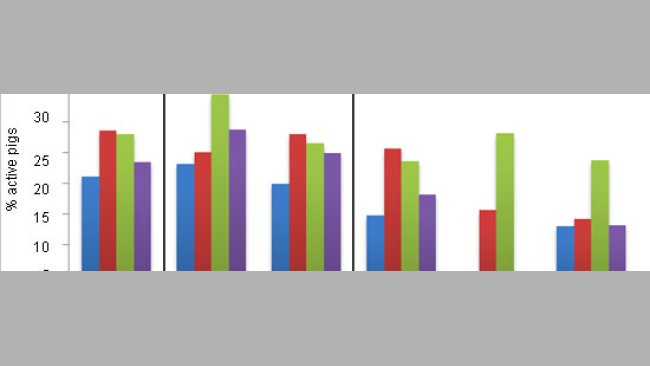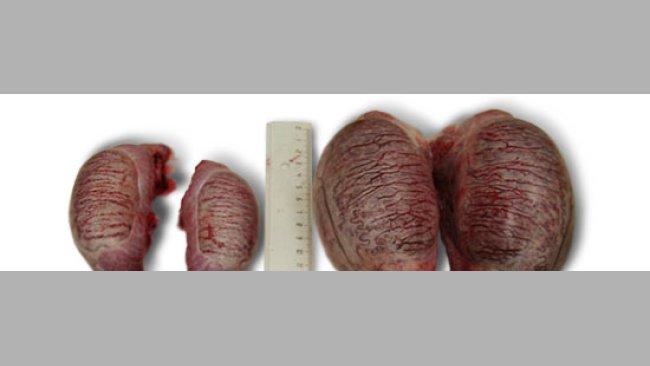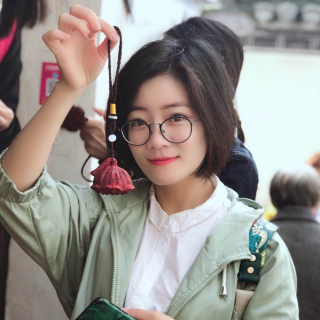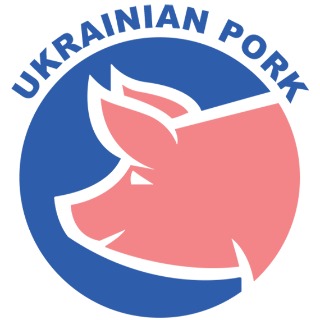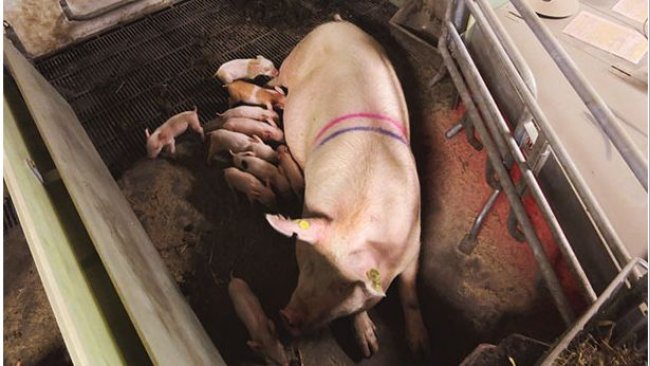
Measures to reduce neonatal mortality: management, genetics and new housing for lactating sows
Neonatal mortality does not only depend on the design of the farrowing crate, but also on genetic and management factors, as well as litter size, especially with the increased use of hyper-prolific dam lines.





